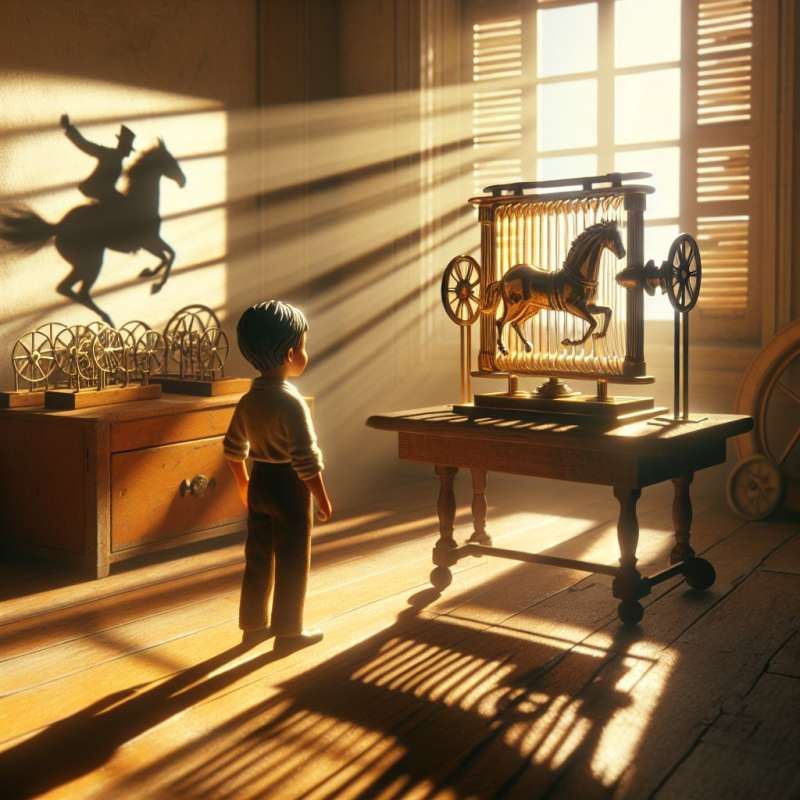
Early Cinematic Experiments
The history of cinematography began with 'camera obscura,' a phenomenon known since the 4th century BCE. It wasn't until the 1800s that this principle evolved into moving image devices, like the zoetrope and praxinoscope.
First Motion Picture
Eadweard Muybridge's 1878 sequence of a galloping horse, 'The Horse in Motion', is considered one of the earliest motion pictures, questioning if all four horse's hooves were off the ground.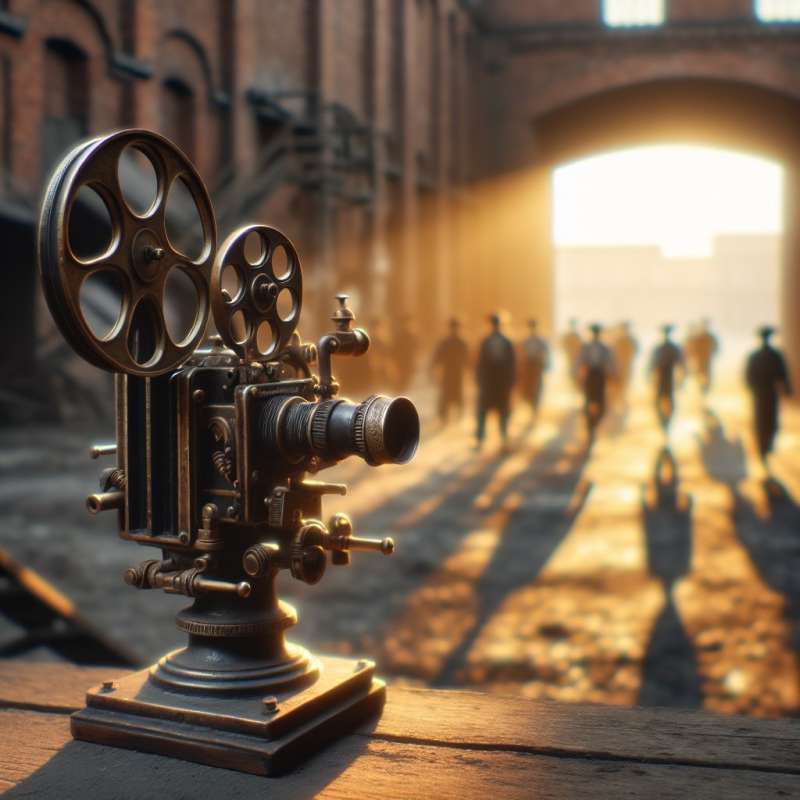
Lumière Brothers' Impact
In 1895, Auguste and Louis Lumière patented the Cinématographe and showcased films like 'Workers Leaving the Lumière Factory', pioneering the combination of projection and motion photography.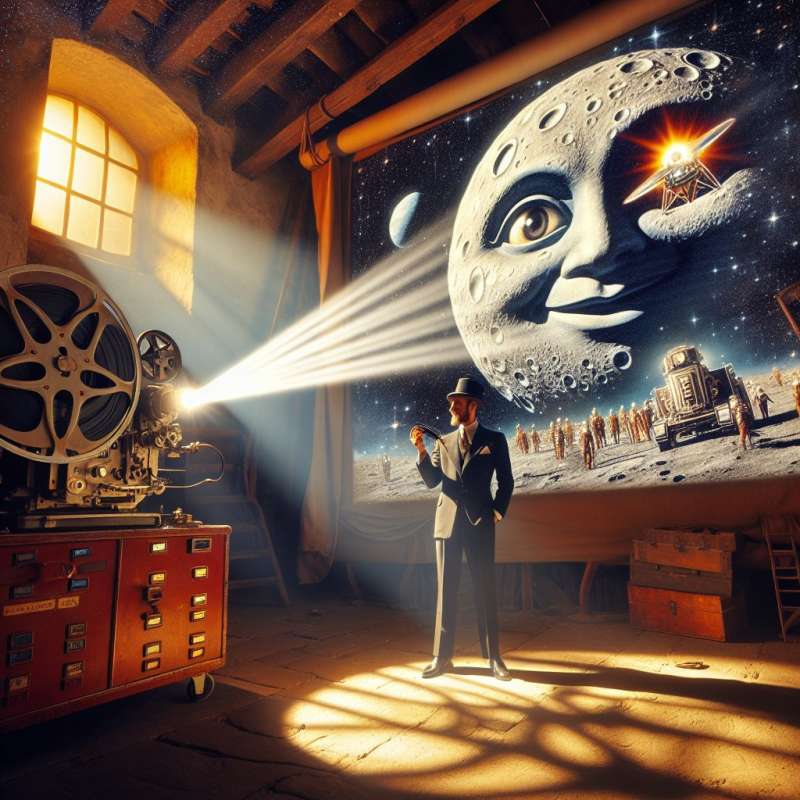
Narrative Film's Genesis
George Méliès' 1902 'A Trip to the Moon' marked a milestone in narrative filmmaking, introducing storytelling, special effects, and the concept of a director's creative vision in cinema.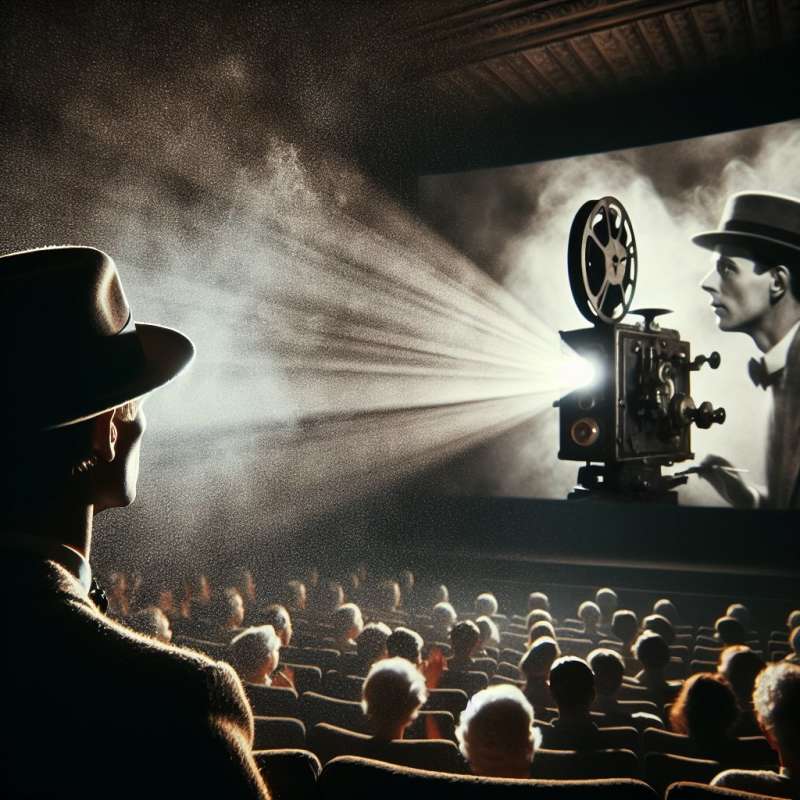
Sound Revolutionizes Cinema
The Jazz Singer, released in 1927, was the first major 'talkie', transforming cinema with synchronized sound and heralding the decline of silent films.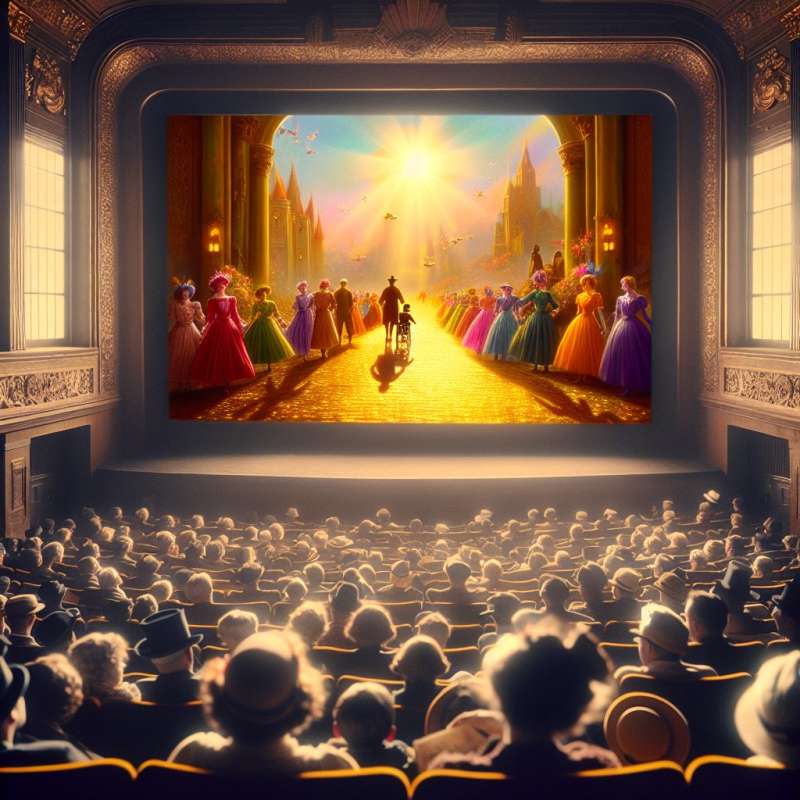
Color Films Emerge
Although experiments with color started in the early 1900s, it was 'Gone with the Wind' (1939) and 'The Wizard of Oz' that popularized Technicolor, establishing color films as a new norm.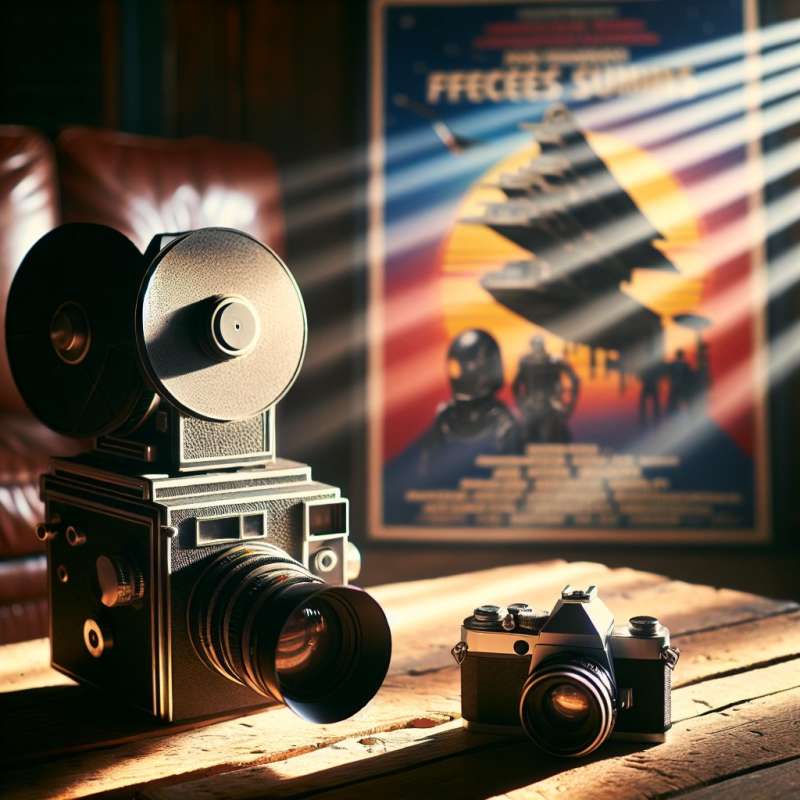
Digital Technology Takeover
The late 20th century witnessed the rise of digital cinematography. 'Star Wars Episode I: The Phantom Menace' (1999) was one of the first to utilize digital cameras, changing film production permanently.
What marks cinematography's early beginning?
Zoetrope invention
Camera obscura phenomenon
Muybridge's horse sequence
Company